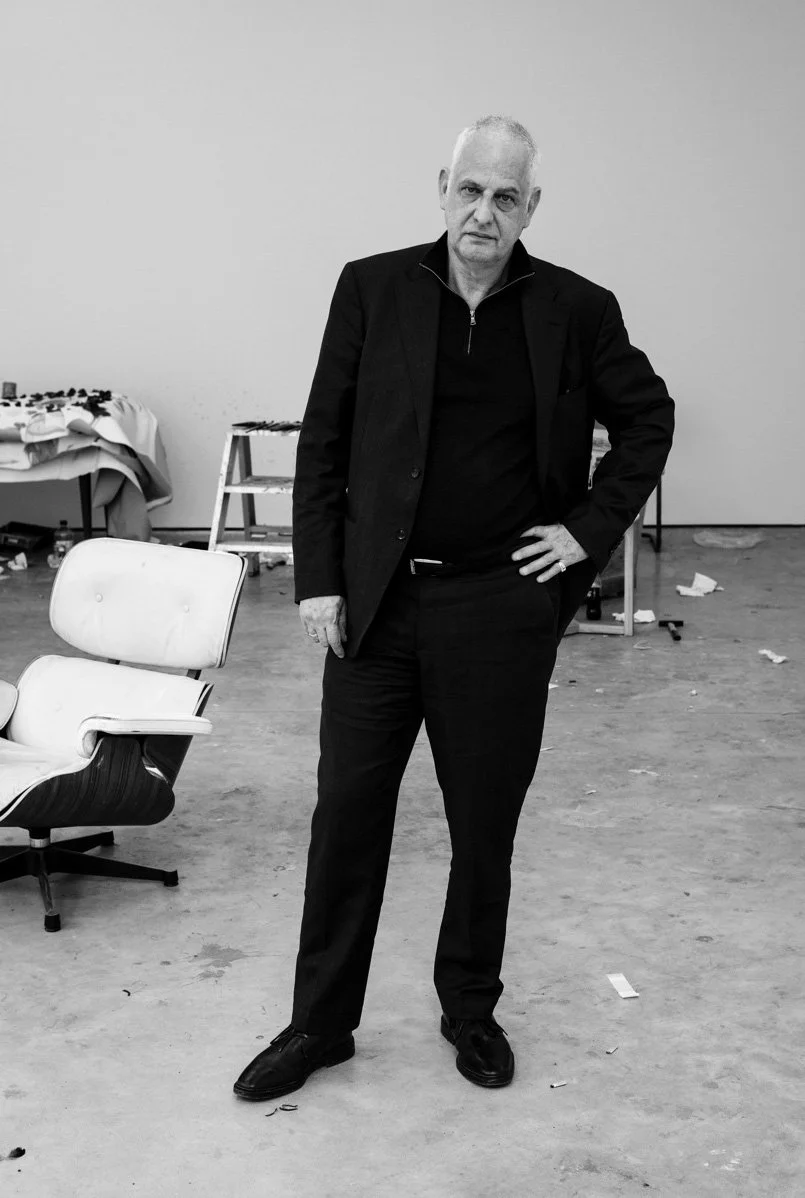
EDITORIAL
On Knowing
This issue of The Pasticheur includes an array of artistic works resembling more what we had in mind when creating it. This was not planned, and the fusing of them into at least one common topic was not either.
Luc Tuymans doesn’t need an introduction. He is one of the most important Belgian painters of his generation and, as indicated in his biographical note, he “pioneered a decidedly non-narrative approach to figurative painting, exploring how information can be layered and embedded within certain scenes and signifiers”. Yet, if I take his Les yeux sans visage, 1990, I can’t help but instantly create a narrative. Whether Luc intended to convey this or not, I can’t tell, but this painting points (to me) to the concept of knowledge and how the blank face in the painting is not different from any face. All faces (and eyes) are fictional in that they are simply signifiers of complex signifieds, given the nature of our language games, which include that of painting and other arts. All of Luc’s paintings featured here speak, to me, about the second basic philosophical question “what may I know?”.
Another fantastic artist we are honored to publish here is Ror Wolf, a well-known writer, visual artist, and collagist. And what we include in this issue, to me (again), points to the same question: “what may I know?”. I believe that quoting his piece “Details” will speak for me:
My readers will know that I have travelled the world and seen a lot. Admittedly I have never been to this area referred to on page 18. For simplicity's sake we may imagine that the area is flat and watery and that the water is thick and warm as noodle soup. In fact one sees nothing but water but then the real things happen under water anyway, the slippery, the greasy, the gruesome details. However, before I go into detail I want to end this article although this does not necessarily mean that the subject is exhausted.
Dean West is another renowned artist whose work admittedly engages narrative, both his photography and short film, and is characterized by a dialogue between different media, including painting, literature, film, and music. His work is, to me, fascinating: it is clean, deceivingly simple, meticulously staged with details that contribute to the message(s), framed to speak loudly, and yet the messages one may extrapolate are complex and multifaceted. Take, for example, his piece “Bus”, where given the narratives of today’s world I may quickly assign a specific meaning to the piece, but it would be simplistic and unnecessary. The “Bus” takes me to a clearly fictional world which, for being fictional doesn’t mean I don’t live on it. His short films featured here are works of art that aim to accomplish the same.
In this issue of The Pasticheur we encounter literature, painting, photography, and film, but that’s not all. The young Noam Wegner is a painter, writer, actor, and an illustrator whose work is far removed from reality and invites us to walk into a possible world, following Leibniz’s ideas (to me), by whom our basic modal concepts—necessity, contingency, possibility and impossibility—can be defined in the following terms:
Possibility: A proposition is possible if and only if it is true in some possible world. A being is possible if and only if it exists in some possible world.
Contingency: A proposition is contingently true if and only if it is true in this world and false in another world. A proposition is contingent if its contrary does not imply a contradiction.
Necessity: A proposition is necessarily true if and only if it is true in every possible world.
Impossibility: A proposition is impossible if and only if it is not true in any possible world.[1]
My readers know that though I have access to the mystical Aleph, still, I can’t fully answer the question “what may I know?”.
Jorge R. G. Sagastume
[1] See Leibniz Modal Metaphysics.
This Issue’s Contributos




